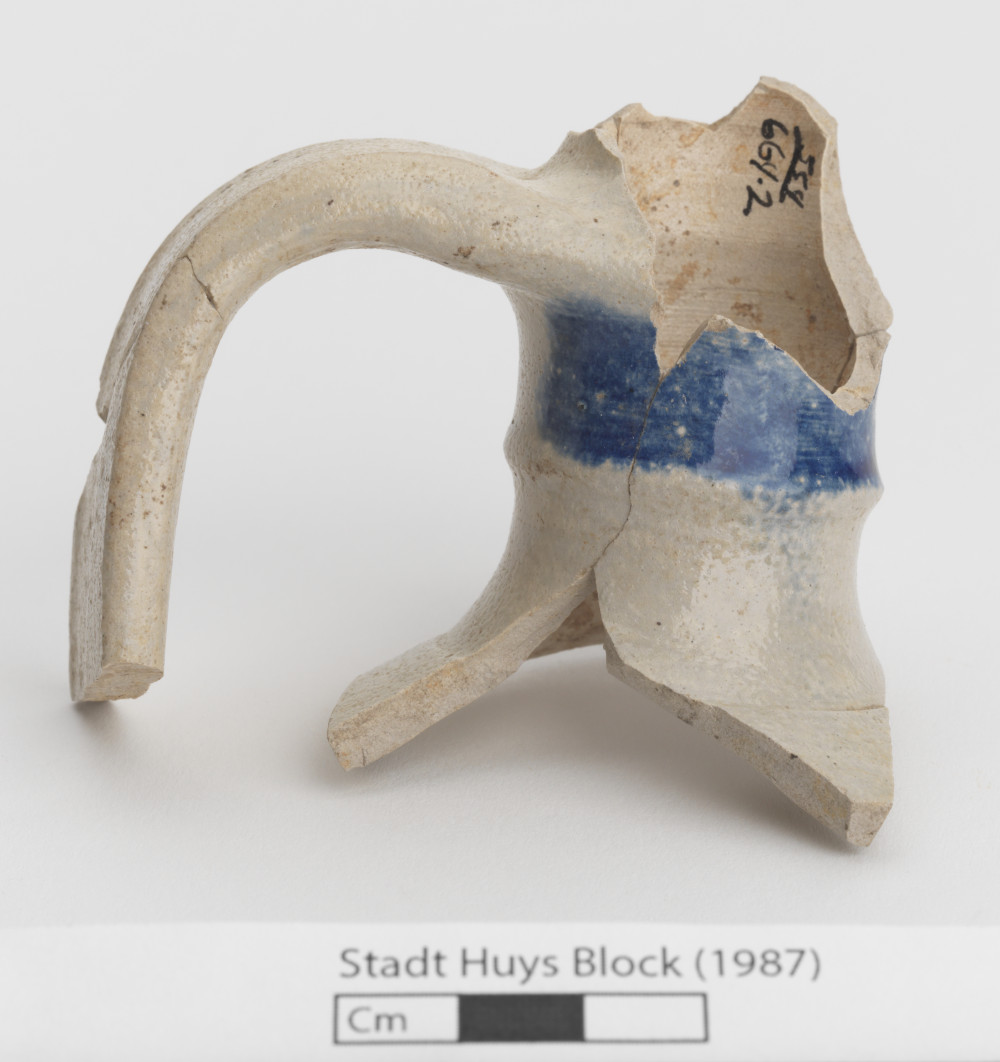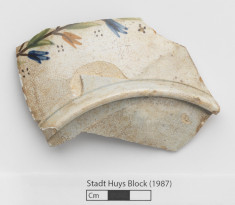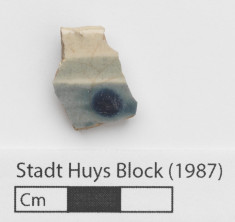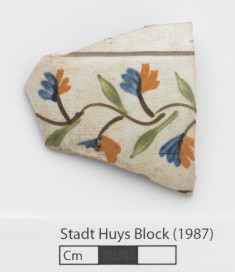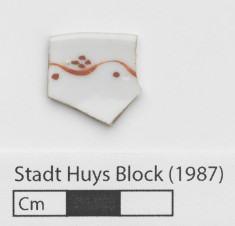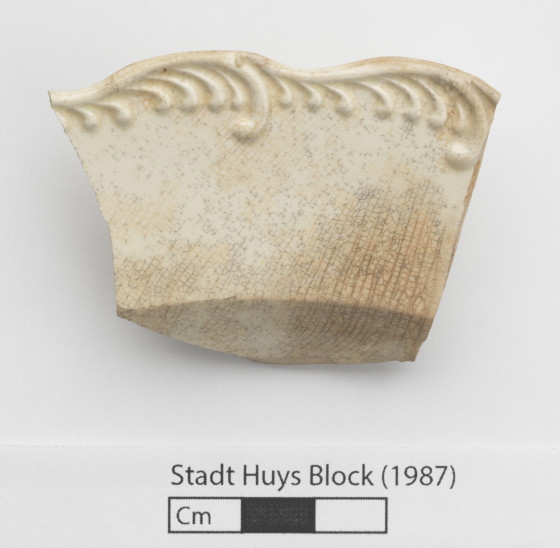Introduction: Lots 8, 9, and 15 are modern designations for adjacent parcels of land that were owned together and used as a single property until the early 1830's. Excavations produced important discoveries like that of the Colonial-era Lovelace Tavern, proving that significant archaeological resources could still exist in urban spaces. Project archaeologists were able to lobby for increased time and funds to continue their work on the strength of these finds, leading to additional discoveries. In all, the project provided considerable information about the history of New York City and its inhabitants from the 17th to the 20th centuries.
Rationale: Test Cut AO was located directly north of Test Cut T in the backyard area of Lot 9 and was excavated to investigate archaeological hot spots found during initial, exploratory testing. Importantly, the excavations of the test cuts in the backyard of Lot 9 revealed that this area was the most archaeologically intact on the entire project. This means that many archaeological features, artifacts, and intact stratigraphical layers were discovered during testing. Test Cut AO is an important resource for understanding the historical development of Lot 9.
Results: This layer is comprised of early-20th-century fill found across the backyard of Lot 9 that was used to level out the area for the construction of the ca. 1919 building. This particular portion of the layer was excavated inside of a 19th-century cistern (Feature 09), though it does not contain artifacts from when the feature was in use.
Lot 9, Test Cut AO, Stratum VIII, Level C
-
Collection method
Trowel, Brush, Screen (1/4-inch mesh). Arbitrary 4-inch Level.
-
Soil description
Light Brown Sand with Mortar-Fill
-
Munsell
10YR 4/4

